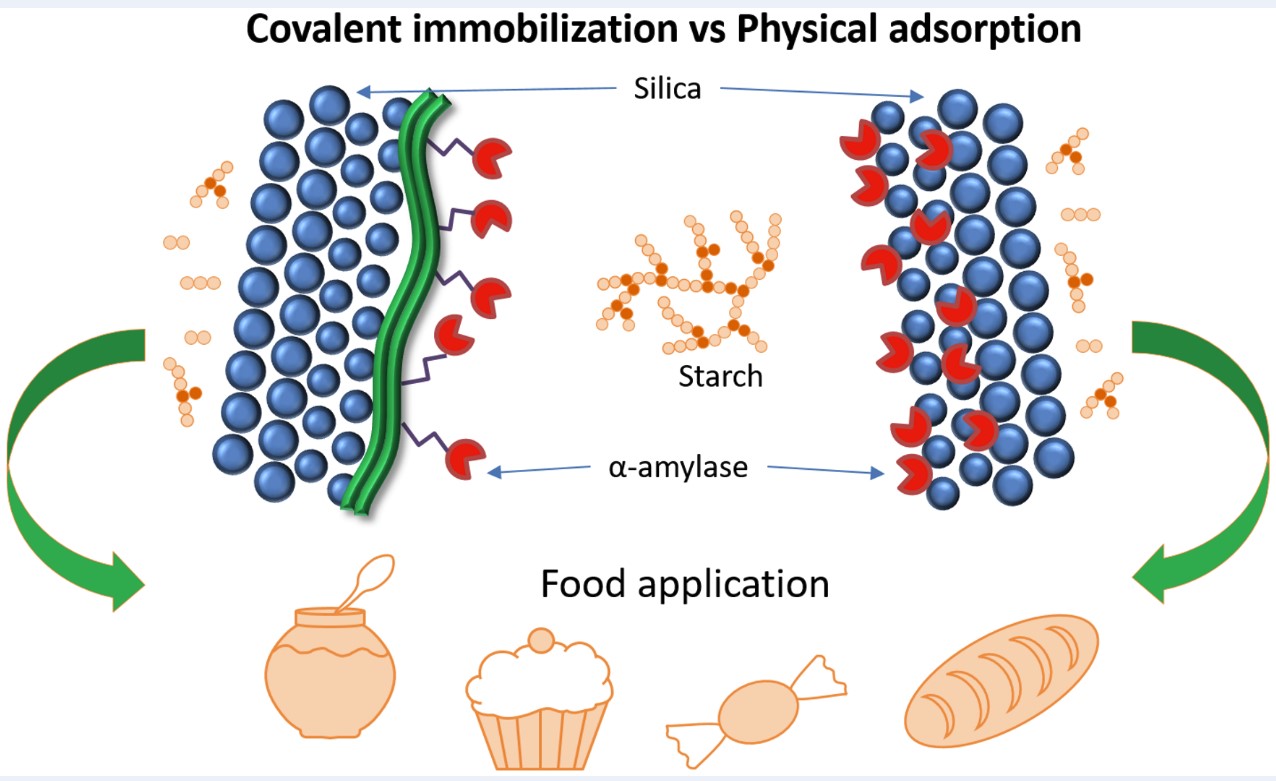Авторы: , , Andrei I. Ivanets, Vladimir G. Prozorovich, Кривошапкин П.В., Кривошапкина Е.Ф.

Abstract
α-Amylase has many applications in various fields, especially in the food industry where it is used in starch hydrolysate production. However, the use of free enzymes is disadvantageous as the enzymes cannot be recovered from the reaction medium and are therefore used only once. The challenge of the biological pollution of wastewater can be tackled using immobilized enzymes as they possess higher stability as well as the possibility of repeated and continuous use. In this paper, adsorption and covalent methods of α-amylase immobilization on ceramic membranes are developed and their advantages and disadvantages are identified. For these purposes, silica ceramic membranes with a microfiltration layer (pore sizes 1–5 µm) are first used. The dependences of immobilized α-amylase activity on enzyme concentration and reaction time are determined and compared with the free enzyme. The influence of pH, temperature, and reusability on adsorbed enzyme activity is investigated. Thus, a novel combination of filtration and biocatalytic functions on one membrane is introduced. The results obtained are crucial for controlling certain characteristics of hydrolysis during industrial processes.
https://onlinelibrary.wiley.com/doi/full/10.1002/star.202100017